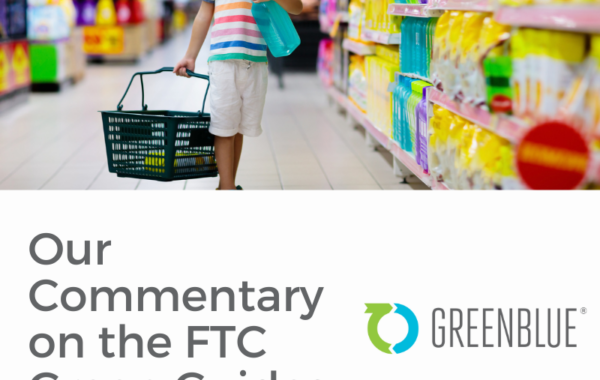July 20, 2017
 The number that you see on the bottom of some rigid plastic packaging is what’s called a Resin Identification Code (RIC).
The number that you see on the bottom of some rigid plastic packaging is what’s called a Resin Identification Code (RIC).
Consumers often assume this code means a package is automatically recyclable, but that’s not the case. Packages with the code may or may not be recyclable. A little confusing, yes?
That’s because these numbers were developed in the 1980s for people behind-the-scenes of recycling; they were not designed as a consumer communication tool. Specifically, The Society of the Plastics Industry, SPI, created the numbers in an effort to develop consistency in plastics manufacturing and recycled plastics reprocessing. They’re currently under control by an organization called ASTM International.
The numbers 1 through 6 currently represent that the package is made of one of six specific types of plastic: 1 means polyethylene terephthalate (PET or PETE), 2 means high-density polyethylene (HDPE), 3 means polyvinyl chloride (PVC), 4 means low-density polyethylene (LDPE), 5 means polypropylene (PP), and 6 means polystyrene (PS).
The number 7 is a catch-all category that means the packaging is made of a type of plastic other than the six previously specified, or, is a mixture of plastics in a multilayer combination. Packaging labeled as 7 is not recyclable in most of the United States, but some specific types of packaging currently labeled 7 may become recyclable at some point in the future.
In the interest of reducing consumer confusion across American communities, there’s a movement away from municipalities using these numbers as a primary communication tool when talking to their residents about recycling. Some towns still swear by the RICs, but many are moving more towards easier-to-understand communications materials to residents about recycling.
These numbers won’t always mean the same thing, necessarily: the standards for RICs are subject to change in the future. Anyone, not just industry experts, can apply to become a participating member of ASTM International for $75 per year, and vote on new standards and revisions to existing standards. These votes occur from time to time and could change the nature of the RICs. Recycling leaders like the Association of Plastic Recyclers have valuable recommendations as to how to improve the RICs, but unfortunately it remains to be seen whether those new standards will come to pass. Additionally, some may not realize that there is no regulating body that certifies what number each package officially gets; brands add the numbers to their own packaging.
For these reasons, know that the RICs have a place in the recycling industry for now, but they shouldn’t necessarily be referenced by consumers as the primary tool to know how to recycle. All the more reason to look for the How2Recycle label; as a non-profit, we bring balanced expert recyclability assessments to each package with our label, as a project of Sustainable Packaging Coalition. You should always check locally with your recycling program to see what types of materials are collected in your hometown if you’re unsure what can be recycled.
For a more in-depth discussion of this issue, see this How2Recycle blog post.






